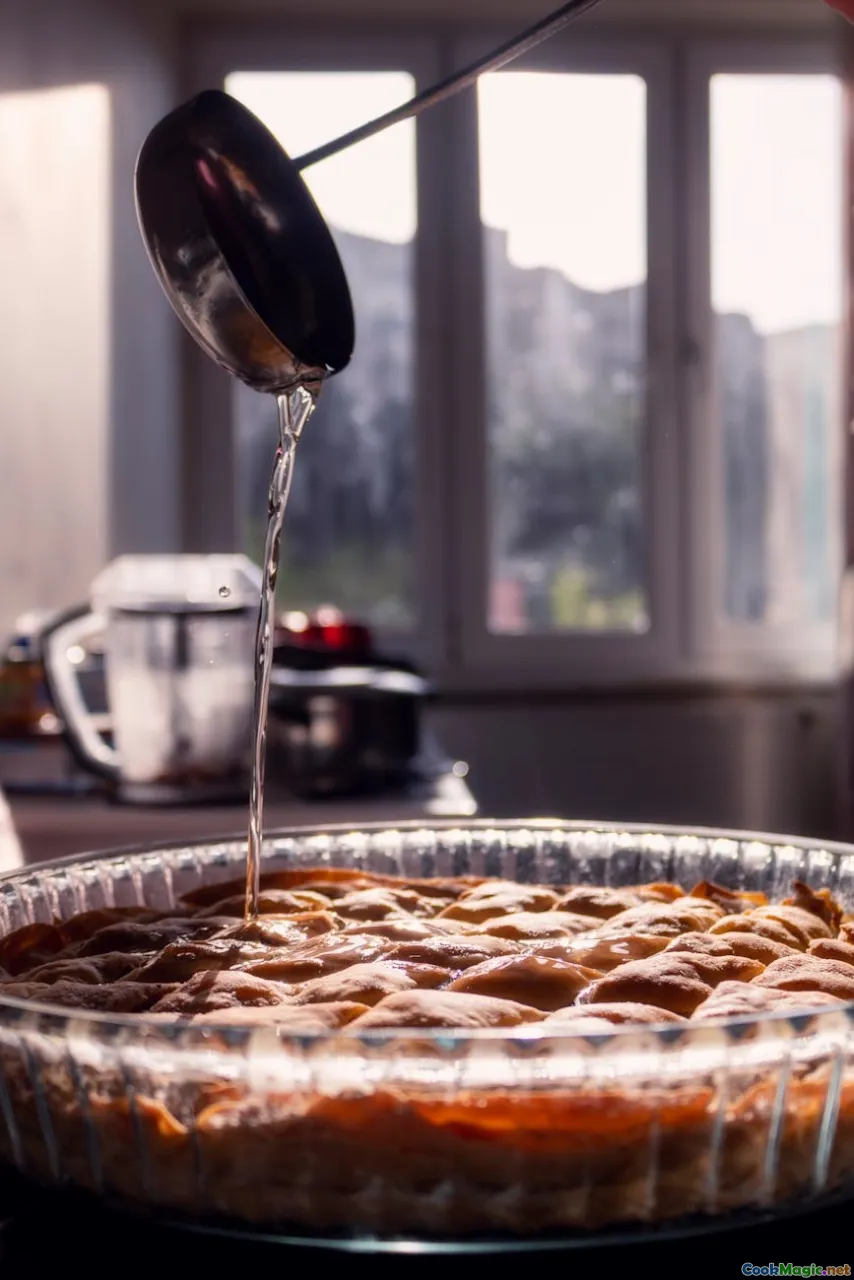Why Chow Chow Relish Still Matters in Southern Meals
7 min read Discover the enduring significance of Chow Chow relish in Southern meals, blending history, flavor, and tradition in every jar. April 19, 2025 21:00
Why Chow Chow Relish Still Matters in Southern Meals
Imagine a steamy plate of fried chicken, its crispy crust giving way to tender, savory meat, complemented by a tangy, colorful spoonful of relish that cuts through the richness. That vibrant, sweet-tangy condiment? It’s none other than Chow Chow—a humble but powerful staple that has woven itself into the culinary fabric of the American South for generations.
An Unexpected Heritage: The Surprising Legacy of Chow Chow
Chow Chow might conjure images of colorful jars filled with chopped vegetables, but its roots stretch far beyond the Southern borders. Originally, this relish traces its lineage to Chinese cuisine, brought to America by early Chinese immigrants who adapted their pickling techniques to local ingredients. Over time, it blossomed into a distinctly Southern tradition—an emblem of resourcefulness, community, and flavor.
In the South, where every meal is an opportunity to celebrate local bounty, Chow Chow became more than just a condiment; it became a symbol of resilience, history, and personal storytelling.
The Making of a Southern Classic
Ingredients and Technique
Chow Chow’s beauty lies in its simplicity and versatility. Typically, it combines cabbage, carrots, green tomatoes, peppers, onions, and sometimes cauliflower—all chopped into a mosaic of vibrant colors and textures. These vegetables are then simmered with vinegar, sugar, salt, and spices, allowing the flavors to meld into a sweet, sour, and slightly spicy symphony.
The process is a labor of love. The vegetables are often salted and left to drain, releasing moisture and intensifying their flavors. The mixture then simmers gently, filling the kitchen with an intoxicating aroma that’s both tangy and sweet—an olfactory promise of the bold taste to come.
The Visual and Textural Appeal
Visually, Chow Chow is a celebration of color—fiery oranges, deep greens, and vibrant purples. Its chunky texture provides a delightful contrast to the tender, often fried or grilled main dishes it accompanies. The relish’s crunch and tang elevate simple meals, transforming them into memorable culinary experiences.
Cultural Significance and Personal Narratives
A Taste of Tradition
For many Southerners, Chow Chow isn’t just a condiment; it’s a piece of family history. It’s the jar passed down through generations, the recipe scribbled on an old index card, the shared story around a summer kitchen table. My own grandmother, who grew up in rural Georgia, would spend the late summer days preserving the harvest, filling her pantry with jars of Chow Chow—each one a testament to her hard work and love.
Community and Connection
In small towns and rural communities, making Chow Chow is often a communal activity. Neighbors exchange recipes, swap jars, and gather in kitchens to prepare large batches for winter. It’s a ritual that reinforces bonds and traditions, anchoring families in their shared history.
The Emotional Resonance
The flavor of Chow Chow can evoke nostalgia—reminding us of summer gatherings, family dinners, or a grandmother’s kitchen. Its bright, tangy notes awaken the palate and stir memories, making it an emotional bridge across generations.
Why Chow Chow Still Matters Today
A Flavorful Link to the Past
Despite the proliferation of modern condiments and the fast-paced nature of contemporary life, Chow Chow remains relevant. It’s a tangible connection to history, a taste of authenticity that no store-bought sauce can replicate.
Versatility in Modern Cooking
Today, chefs and home cooks alike are rediscovering Chow Chow’s versatility. Beyond traditional Southern dishes like fried chicken, pork barbecue, or collard greens, it can brighten up sandwiches, serve as a topping for grilled meats, or add a tangy crunch to salads and charcuterie boards.
Embracing Local and Sustainable Food
In an era of mindful eating, making and enjoying Chow Chow supports local farmers and seasonal produce. It’s a form of sustainable preservation—taking what’s abundant and transforming it into a flavorful staple.
Personal Reflections and Inspirations
Having tasted many variations of Chow Chow, I am continually struck by its ability to adapt and inspire. From a family recipe passed down in Alabama to a modern reinterpretation with farm-fresh heirloom vegetables, each jar tells a story.
I recall a summer picnic, where a friend’s grandmother brought a batch of homemade Chow Chow. The vibrant jar sat proudly on the picnic table, and as we spooned its bright, crunchy contents onto hot dogs and fried green tomatoes, I realized that this relish is more than just a condiment—it’s a celebration of Southern ingenuity, community, and tradition.
Conclusion: A Timeless Treasure
In the age of globalized cuisine and instant gratification, Chow Chow relish stands as a testament to patience, heritage, and flavor. It embodies the soul of Southern food—rich, colorful, and deeply rooted in history. Whether enjoyed alongside fried chicken, tucked into a sandwich, or simply savored on a spoon, Chow Chow continues to matter. It’s a delicious reminder that some traditions, no matter how humble, are worth preserving.
So next time you pass a jar in the grocery store or find yourself craving a taste of the South, remember: Chow Chow isn’t just a relish. It’s a legacy—bold, vibrant, and forever delicious.









